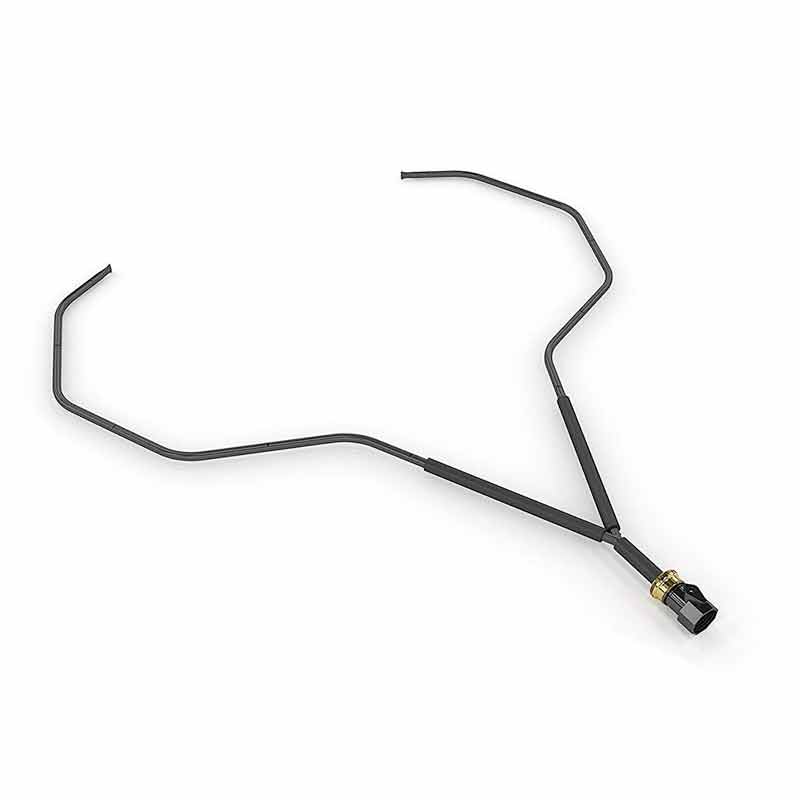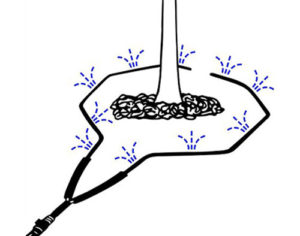Waterhoop Reviews
My Homesweet Home
My home, My Insperation
If you have ever planted trees and bushes or transplanted them, you know it is vital to water them frequently until roots are established. Watering trees and shrubs frequently involves setting a hose at the base of the tree as well as letting it run gradually for a period of time as well as then moving the hose to convince that the ground all about the tree becomes correctly moist. That once-a-week soaked can rapidly become a day of running back-and-forth among the house and the patio. Last summer I moved a precise large, old camellia out of the way of several new structures. So as to keep it alive plus get it settled in, it had to be watered carefully and frequently. My routine contained of laying a hose on the ground on one side of this somewhat big shrub, turning the water on to a slow drop, and setting the clock to move the hose each 20 minutes until the ground was humid all the way about the shrub. Unnecessary to say, this procedure took all afternoon.

Does It Work?
The question is answered with a resounding YES! If you require a device to water consistently around trees and bushes this product does the trick. By placing it around the tree or shrub along with adjusting the water flow with the valve right from the unit, this product should win an Oscar. The soil around the tree or shrub is watered consistently all at one time.
With new discovery and heightened technology, Waterhoop tree sprinkler works wonders for garden irrigation for trees, flowers, plants and shrub; hands down the #1 new water sprinkler on the market.
Waterhoop beats out all the competition and is easy to use to water any of your various green thumb projects! You can simply adjust the water flow from drip toward fountain and move from location to location with ease.
GardeningProductsReview.com
New Find in Gardening Innovations
 I recently discovered a new gardening/landscaping tool called the “Waterhoop”, a configurable water sprinkler designed to solve all your landscape and watering challenges. The company reached out to me and asked if I would review their product (as I had done so for another company’s product in our last blog piece). After receiving their test model in the mail, I hooked up the “Waterhoop” to our water spigot at the company office and began this exciting trial.
I recently discovered a new gardening/landscaping tool called the “Waterhoop”, a configurable water sprinkler designed to solve all your landscape and watering challenges. The company reached out to me and asked if I would review their product (as I had done so for another company’s product in our last blog piece). After receiving their test model in the mail, I hooked up the “Waterhoop” to our water spigot at the company office and began this exciting trial.

Installing the unit to the water source was quick and easy; the Waterhoop’s valve connects to the brass fitting on my 5/8″ water hose. However, after I turned on the water spigot, I noticed that no water was flowing out of the sprinklers. A quick visual scan of the unit’s design revealed a dial that controls the pressure of the water flow; turning the dial-up increases the water pressure while turning it downward decreases it. Best of all, no leaks.
One thing we take pride in, at Liberty Garden, is ensuring our products provide sealed connections to our consumers’ water sources and after seeing the Waterhoop follow that standard of quality, Liberty Garden gives their brass connectors a “thumbs up”.
Moving forward, I set up the Waterhoop around one of our small trees and shrubs. The water pressure in our spigot is somewhere between 60 – 70psi with the garden hose being a typical 5/8″ polyethylene water hose. My trial with the Waterhoop involved lightly placing it on the ground multiple times, in order to assess the consistency of the water flow from the unit. After a few runs with it, the water flow from the Waterhoop remained consistent most of the time. A few instances resulted in the rubber connector kinking and choking the water flow, but were quickly resolved by gently pulling on the rubber connector, removing the kink, and placing it back on the ground. This unit is particular from your run-of-the-mill sprinkler attachments as it’s unique design allows you to direct the water flow. The Waterhoop’s ten sprinklers can be divided into a fork shape or kept together in a “hoop” shape for watering a bed of shrubs or a specific plant, respectively. I found myself investing a lot of time reconfiguring and applying the two positions to the various plants that sit in front of our office.
Overall, I found the unit’s design and function very useful and would consider it a great tool for any landscaping or gardening enthusiast.
What I think would make the unit’s design even more useful is the implementation of multiple “Waterhoops” that could interconnect with one another and in theory, cover a wider distance of land
